Saint Petersburg
History
Saint Petersburg, also known as the "Venice of the North," is a city steeped in history. Founded by Tsar Peter the Great in 1703, it served as the capital of the Russian Empire for over two centuries read more. Its historical and cultural significance is evident in its architecture, literature, and music, which have all played a significant role in shaping the city's identity.
The city's history is marked by several significant events, including the Decembrist revolt in 1825, the Bloody Sunday massacre in 1905, and the Siege of Leningrad during World War II read more. Each of these events has left an indelible mark on the city, shaping its character and influencing its development.
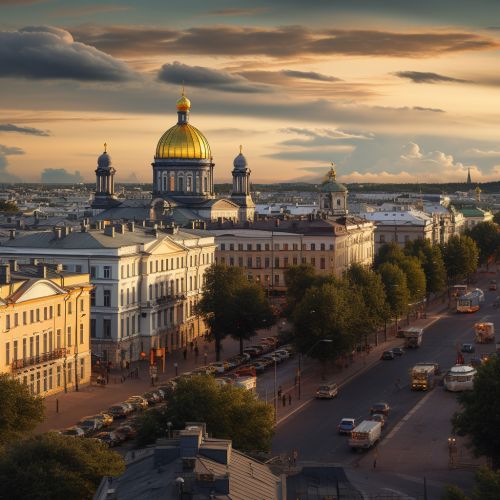
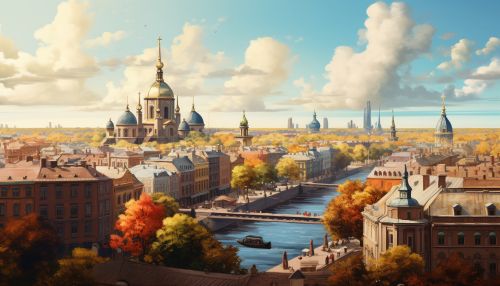
Geography
Saint Petersburg is located in the northwestern part of Russia, on the eastern coast of the Baltic Sea read more. It is situated on the Neva River, at the head of the Gulf of Finland. The city's unique geography, characterized by numerous canals, rivers, and islands, has greatly influenced its urban development and architectural style.
The city's climate is classified as humid continental, characterized by warm, humid summers and cold, snowy winters. Despite its northern location, the city experiences relatively mild winters due to the moderating influence of the Baltic Sea and the Gulf Stream.
Architecture
Saint Petersburg is renowned for its distinctive architecture, which reflects a unique blend of Western European and Russian styles. The city's architectural landscape is dominated by Baroque and Neoclassical buildings, many of which were designed by prominent Italian architects invited by Peter the Great to help build the city.
Among the city's architectural landmarks are the Winter Palace, the Hermitage Museum, and the Peter and Paul Fortress read more. These buildings, along with many others, contribute to the city's status as a UNESCO World Heritage Site read more.
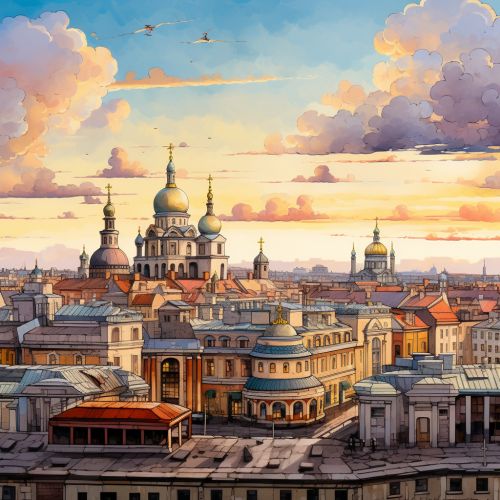
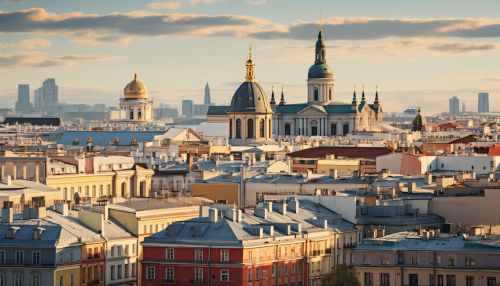
Culture
Saint Petersburg is often referred to as the cultural capital of Russia. The city is home to more than 200 museums, numerous theaters, and several world-class ballet and opera companies. The Mariinsky Theatre, for example, is one of the most famous opera and ballet theaters in the world read more.
The city has also been a hub for Russian literature. It served as the setting for many famous works by Russian authors, including Fyodor Dostoevsky, Nikolai Gogol, and Alexander Pushkin. The city's literary heritage is preserved in several museums dedicated to these authors.
Economy
Saint Petersburg is one of the most important economic centers in Russia. The city's economy is diverse, with key sectors including shipbuilding, aerospace, software and computers, electronics, radio and telecommunications, and the automotive industry.
The city is also a major transport hub, with the Port of Saint Petersburg being one of the busiest in Russia. It is also home to Pulkovo Airport, the third busiest in the country read more.

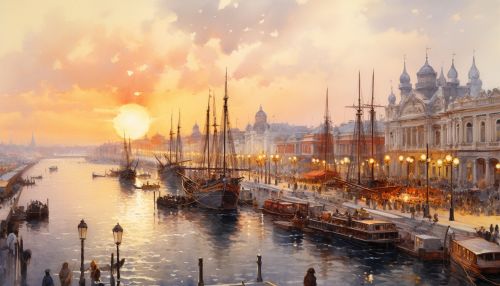
Education
Saint Petersburg is a major educational center in Russia. The city is home to more than 50 universities and higher education institutions, including the Saint Petersburg State University, one of the oldest and largest universities in Russia read more.
The city also has a well-developed system of public education, with numerous schools, gymnasiums, and lyceums. In addition, Saint Petersburg is known for its specialized schools in arts, music, and ballet.
